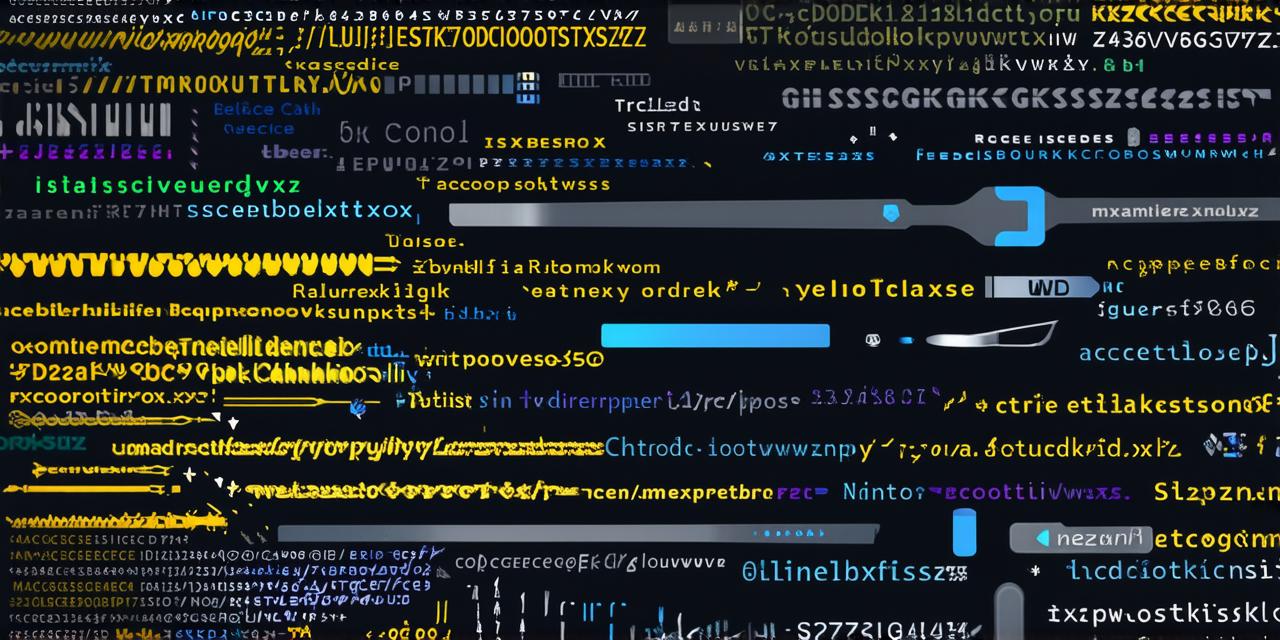Blockchain technology has revolutionized the way we think about data storage and transaction processes. Its decentralized nature, immutability, and transparency have made it a popular choice for various industries, from finance to healthcare.
What is Fork Blockchain?

Fork blockchain refers to a split or division of a blockchain network that results in two separate networks with different rules and protocols. Essentially, it’s like having two versions of the same software, where one version follows the original codebase, while the other version introduces new features or fixes bugs in the existing codebase.
Fork blockchain is often used when a community disagrees on changes to the existing network or when a project wants to introduce new functionalities that are not compatible with the existing codebase. By creating a fork, the community can continue working on the original network while the other network evolves and improves based on its own set of rules.
Benefits of Fork Blockchain
Improved innovation: Fork blockchain allows for faster and more efficient development of new features and functionalities that can be implemented independently of the existing network. This leads to increased innovation and competition, which can drive progress in the industry as a whole.
Diversity of opinion: Fork blockchain provides a mechanism for communities with differing opinions to work on their own versions of the same software. This allows for a more diverse range of ideas and approaches to be considered, leading to a stronger and more resilient network.
Reduced risk: By creating a fork, developers can introduce new features or fix bugs in the existing codebase without affecting the stability or security of the existing network. This reduces the risk of introducing vulnerabilities or other issues that could compromise the integrity of the blockchain.
Increased transparency: Fork blockchain provides greater transparency into the development process, as each community can work independently and publicly document their changes to the codebase. This allows for more informed decision-making and improved collaboration between different communities working on the same project.
Drawbacks of Fork Blockchain
Fragmentation: Fork blockchain can lead to fragmentation in the network, as multiple versions of the same software exist and users are unsure which version to use. This can create confusion and make it more difficult for users to access and interact with the blockchain.
Compatibility issues: Fork blockchain can introduce compatibility issues between different versions of the same software. This can make it more difficult for users to move between networks or share data between different communities working on the same project.
Reduced network effects: Fork blockchain can reduce the network effects of the original blockchain, as users may choose to work exclusively on one version of the software rather than using both versions. This can limit the potential for growth and adoption of the original blockchain.
Real-Life Examples of Fork Blockchain
Bitcoin Cash: Bitcoin Cash is a fork of the original Bitcoin blockchain that was introduced in 2017. It was created by a group of developers who disagreed with changes to the existing codebase, including increased transaction fees and slower transaction speeds. By creating a fork, they were able to implement their own version of the software that prioritized faster and cheaper transactions.
Ethereum Classic: Ethereum Classic is another fork of the original Ethereum blockchain, introduced in 2016. It was created by a group of developers who disagreed with changes to the existing codebase, including a hard fork that would have required all users to upgrade their software.
